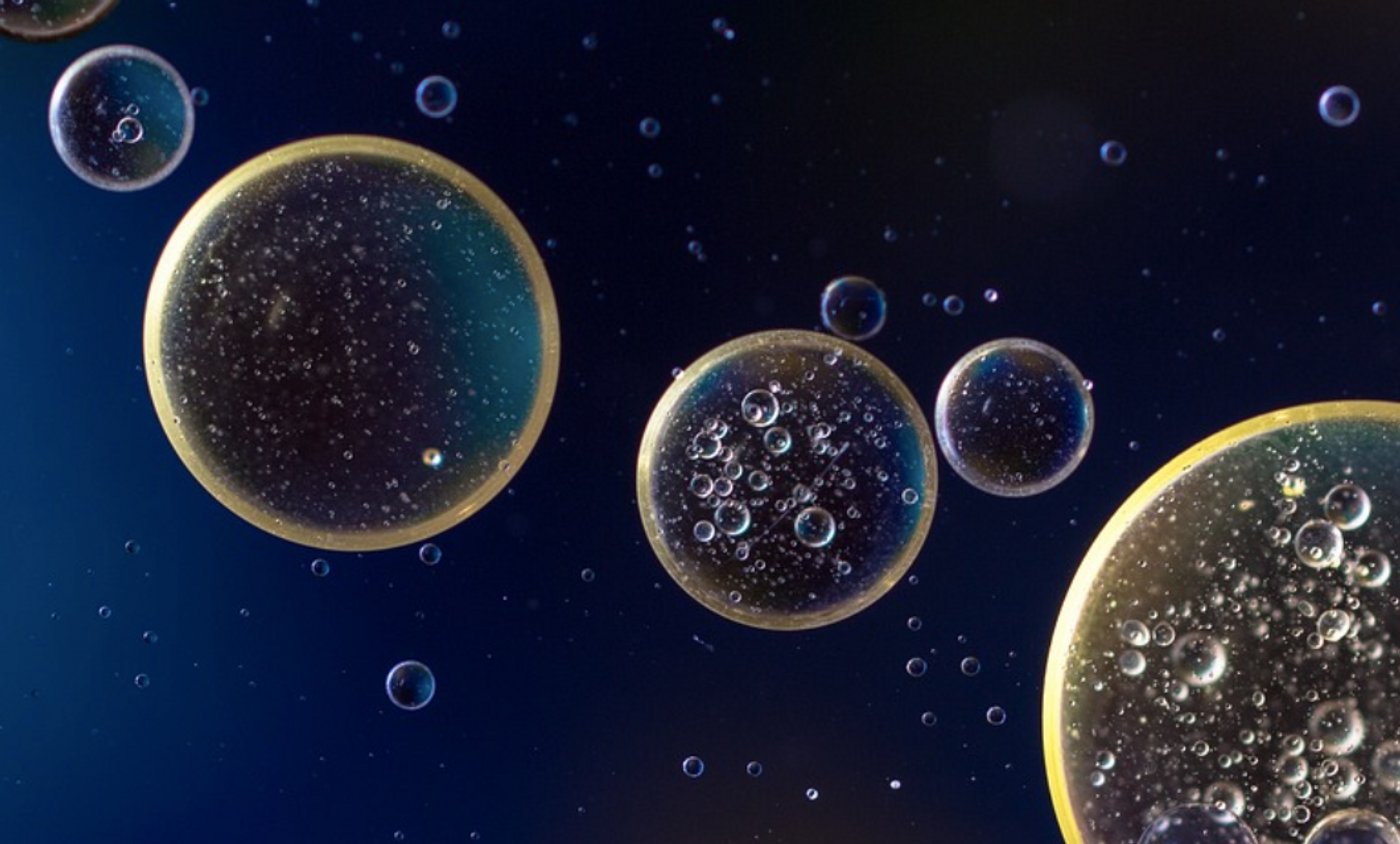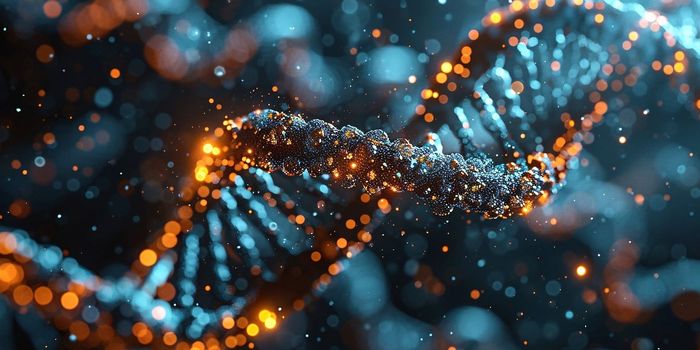What are Circular RNAs & Can They Aid Cancer Treatment?
Researchers have recently discovered a novel type of RNA known as circular RNAs (circRNAs). These molecules form when covalent bonds link the ends of a molecule of RNA together to form a circle. This can also make them very difficult to detect with traditional techniques, which is probably why they flew under the radar for so long. But circRNAs perform biological functions in different cells; they may be translated into proteins, or act like microRNAs or inhibitors that regulate the function of other molecules. CircRNAs have also been linked to some diseases, including diabetes, cardiovascular disease, and cancer.
A recent review has described how circRNAs may be particularly relevant to cancer biology, and could offer new diagnostic and treatment opportunities, potentially within the next five to ten years. The work has been published in Nature Reviews Cancer.
"Over the past decade, research into circRNAs has emerged as a vital area of study, revealing the crucial role these unique RNA molecules play in cancer biology," said Professor Simon Conn, leader of the Circular RNAs in Cancer Laboratory at the Flinders Health and Medical Research Institute (FHMRI). "By understanding the specific functions of circRNAs at every stage of cancer, we hope to harness them in the fight against cancer, paving the way for innovative diagnostic and therapeutic developments that may change the landscape of oncology forever."
There are many types of RNA molecules in human cells, and they are essential to life. Messenger RNA and transfer RNA molecules are required for the production of proteins, which form the building blocks of cells, and the body. RNAs are single-stranded molecules, which also allows them to form other structures such as hairpin loops or circles.
While they were only discovered about a decade ago, scientists have since learned that there are about ten times as many circRNA molecules in cells than all of the other types of RNA combined, noted Professor Conn.
They were also shown to have some role in virtually every stage of nearly every type of cancer, added Professor Conn. CircRNAs may influence the initial genetic mutation that causes cancer, and can help cancerous cells resist the effects of chemotherapy, for example. "We've also discovered that high levels of circRNAs in certain people can cause mutations in their DNA that results in a form of blood cancer called leukemia," explained Professor Conn.
Research has also indicated that circRNAs that are naturally generated could be used to trigger the immune system to destroy cancerous cells.
CircRNAs also have potential as a cancer biomarker in liquid biopsies like blood samples. They may help reveal that cancer is developing even before it can be detected with an MRI, or when it is being effectively treated. It may also be possible to treat tough cancers like brain or pancreatic cancer with a totally new approach that aims to raise or reduce the levels of certain circRNAs, suggested first study author Dr. Vanessa Conn, a Senior Researcher at Flinders University.
"As we continue to uncover the intricate workings of circRNAs, the potential applications in personalized medicine may soon become a reality," Dr. Conn added.
This husband and wife research team is now planning to continue to learn more about how circRNAs are involved in cancer, and how they might be applied in personalized medicine.
Sources: Flinders University, Nature Reviews Genetics, Nature Reviews Cancer







![Everything You Need To Know About NGS [eBook]](https://d3bkbkx82g74b8.cloudfront.net/eyJidWNrZXQiOiJsYWJyb290cy1pbWFnZXMiLCJrZXkiOiJjb250ZW50X2FydGljbGVfcHJvZmlsZV9pbWFnZV9mNTM1ZjIyYzA5MDE5ZmNmMWU5NmI0ZDc4NWU2MzdiZTZlN2I5ZDk5XzE4NDUuanBnIiwiZWRpdHMiOnsidG9Gb3JtYXQiOiJqcGciLCJyZXNpemUiOnsid2lkdGgiOjcwMCwiaGVpZ2h0IjozNTAsImZpdCI6ImNvdmVyIiwicG9zaXRpb24iOiJjZW50ZXIiLCJiYWNrZ3JvdW5kIjoiI2ZmZiJ9LCJmbGF0dGVuIjp7ImJhY2tncm91bmQiOiIjZmZmIn19fQ==)

